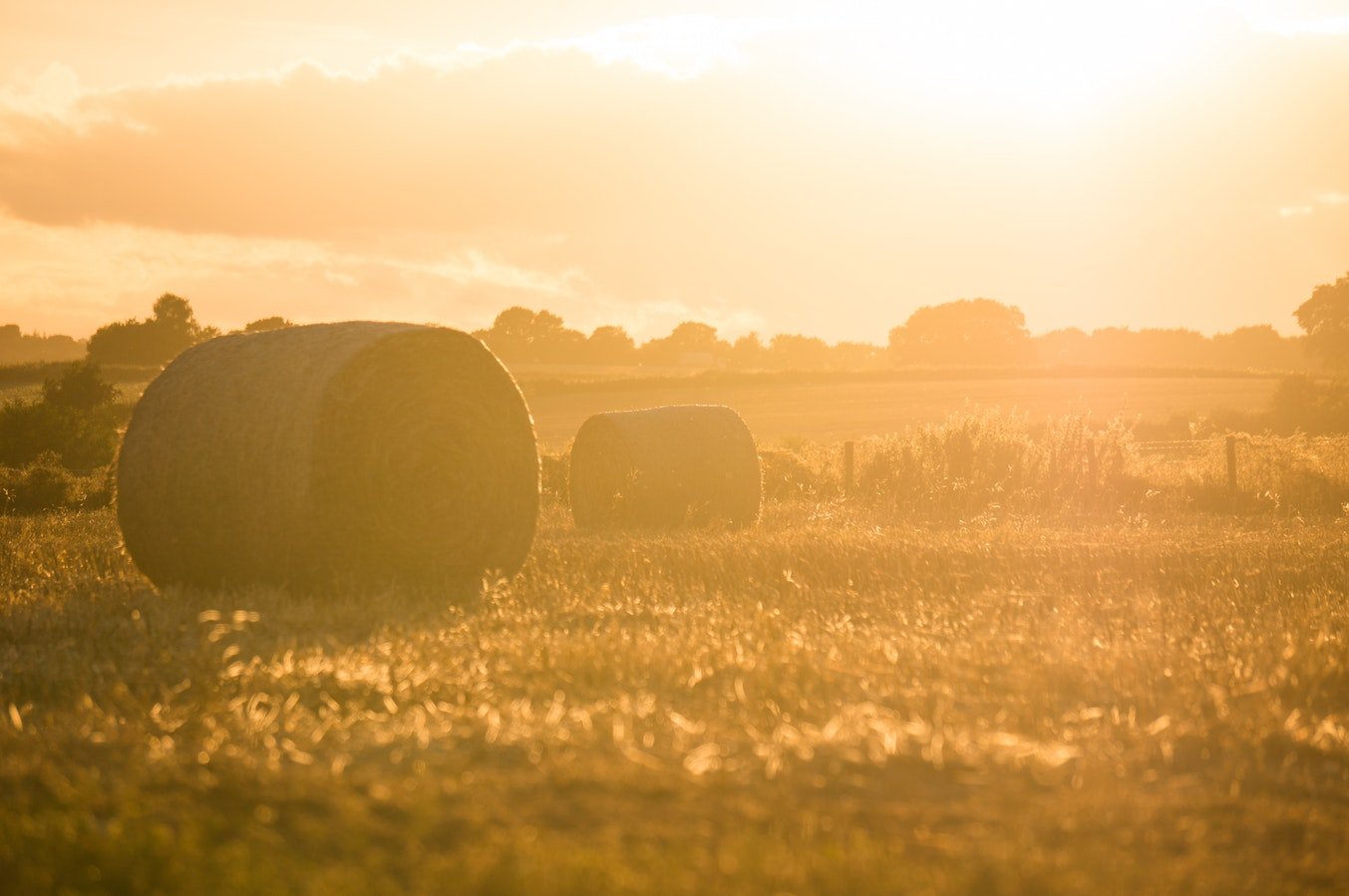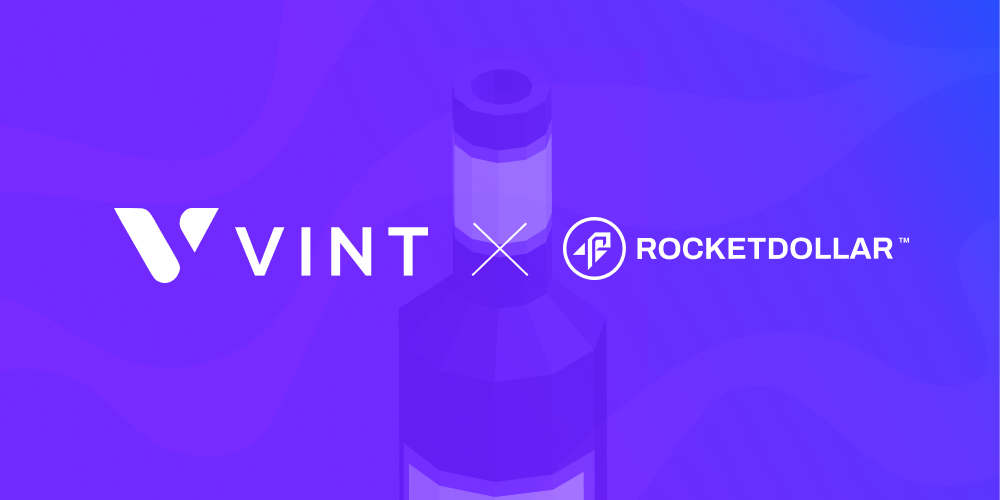4 min read
7 Benefits of Alternative Investments
When you think of the term "alternative investments," you likely think of complicated investments or investments reserved for institutional...

The current world population of 7.55 billion may be an eye-popping number, but consider this: by 2030 the global population is expected to exceed 8.6 billion, and by 2050 there could be nearly 10 billion people on this planet, according to UN projections.
That’s a lot of mouths to feed, which is one reason why some financial experts consider agricultural investments a strong investment option, especially for retirement investors seeking diversification with long-term agricultural assets.
Rocket Dollar recently partnered with Fort Worth-based Harvest Returns to enable beneficiaries of Self-Directed Solo 401(k)s and Self-Directed IRAs to make passive investments into agriculture and production farming operations through Harvest Return’s investment platform.
Chris Rawley and his team founded Harvest Returns in 2016 to facilitate increased investment opportunities in all facets of agriculture and food production.
“We have a strong appreciation for our food system, agriculture, and how food is produced,” Rawley says. “We want to bring investors closer to food systems, because more and more people want to know where their food comes from and how it’s produced. Allowing people to invest in farming operations is an avenue for them to get closer to the food systems.”
“Agriculture historically has been a challenging investment class,” Rawley notes. Investment opportunities in agribusiness is usually limited to publicly-traded agribusiness giants such as John Deere, Archer Daniels Midland or Monsanto, or for private investments endowment funds and SEC accredited investors since investment thresholds are rather high. Harvest Returns allows individual investors the opportunity to diversify their portfolios with agricultural assets for as little as $5,000.
Investment options focus exclusively on production agriculture in the U.S. and abroad and include:
Land, equipment and infrastructure
Processing facilities
Timber and tree crops
Row crops
Livestock
Indoor agriculture
“We are interested in farming operations as a whole,” Rawley says.
Harvest Returns has unlimited geographical reach and has done offerings throughout the U.S., as well as in India, Belize, and Africa. The company has lately received increased attention from indoor agricultural producers, which can be beneficial due to the climate-controlled, year-round growing cycle that offers reduced risk from adverse weather.
Harvest Returns vets each offering prior to placing it on its crowdfunding platform. The executive team meticulously scrubs prospective investment opportunities and winnows them down to a select handful of featured companies. Key factors Harvest Returns examine include:
Overall experience and business acumen of the farmers
Current ability to grow a particular crop and ability to scale
Existing customer arrangements
“We look at the full range of business facets for each prospective offering,” Rawley says. “We’ve learned that a good farmer doesn’t necessarily make a good businessperson, and a good businessperson might not be a good farmer. We seek balance between the two, and then we package them in a way that potential investors can easily access and invest in for a good return.”
“We will consider any type of farming operation so long as it makes sense economically and can provide a healthy return to investors,” he adds.
Typically, investment returns have ranged from 3 to 5 percent for commodity-based land and between 10 and 15 percent for growers of specialty crops.
Harvest Returns has proven an attractive investment option for Millennials and socially-conscious investors who care about food sourcing, production, and sustainability. Investment opportunities can include farms that use environmentally conscious production methods, such as organic and hydroponic farming, which uses less water, land, and energy to gain higher yields.
And most farms are family-owned businesses. Of the more than 2.1 million farms in the U.S., 99 percent are family owned, and they make up nearly 90 percent of all agricultural production in the U.S. More than half of all farms that participate in popular farm-to-fork (direct-to-consumer) operations are small, independent family farms.
“When you invest in these businesses, you keep farmers farming,” Rawley says. “You help farmers stay on their land and keep the small towns and rural areas where most of these farms are located economically viable.”
Farmers also are finding increased access to readily-deployed capital without the arduous process of bank loans and other avenues of debt financing.
“We serve an underserved niche of farmers – those who want to raise anywhere from $400,000 to a few million dollars,” Rawley says. “The farmers we talk to who are raising capital in that range see the banking systems as inflexible and if you are doing anything outside the norm in agriculture – and more and farming is becoming highly specialized operations – then the banking system just doesn’t know how to underwrite those types of deals.” Farming is a capital intensive business these days (even used, a 2018 John Deere combine can command as much as $400,000).
Rocket Dollar retirement investors can learn more about potential investment opportunities, such as types of crops, food production methods, farm business plans and more by visiting the Harvest Returns website. Investments can be made by working with your Rocket Dollar plan provider to coordinate investment through your self-directed IRA, and all required documentation can be completed electronically.
It’s yet another way Rocket Dollar is helping retirement investors manage risk in their retirement portfolios through diversification. Agricultural assets offer long-term growth and are a low-risk option for socially and environmentally sustainable investing.
Agriculture also isn’t correlated to the stock market; it’s correlated to our continued need to feed the world. And remember all those billions of mouths that need to be fed.
To learn more about agriculture investing register for our webinar with harvest returns Thursday, August 29 at 12:30 PM CST.

4 min read
When you think of the term "alternative investments," you likely think of complicated investments or investments reserved for institutional...

3 min read
Rocket Dollar investors can use the tax-advantaged dollars in their Self-Directed IRAs to make private equity investments, including startup capital,...

4 min read
Wine and Spirits can be an investable asset class in your retirement account, but not as physical assets. As a securitized, intangible asset, much...